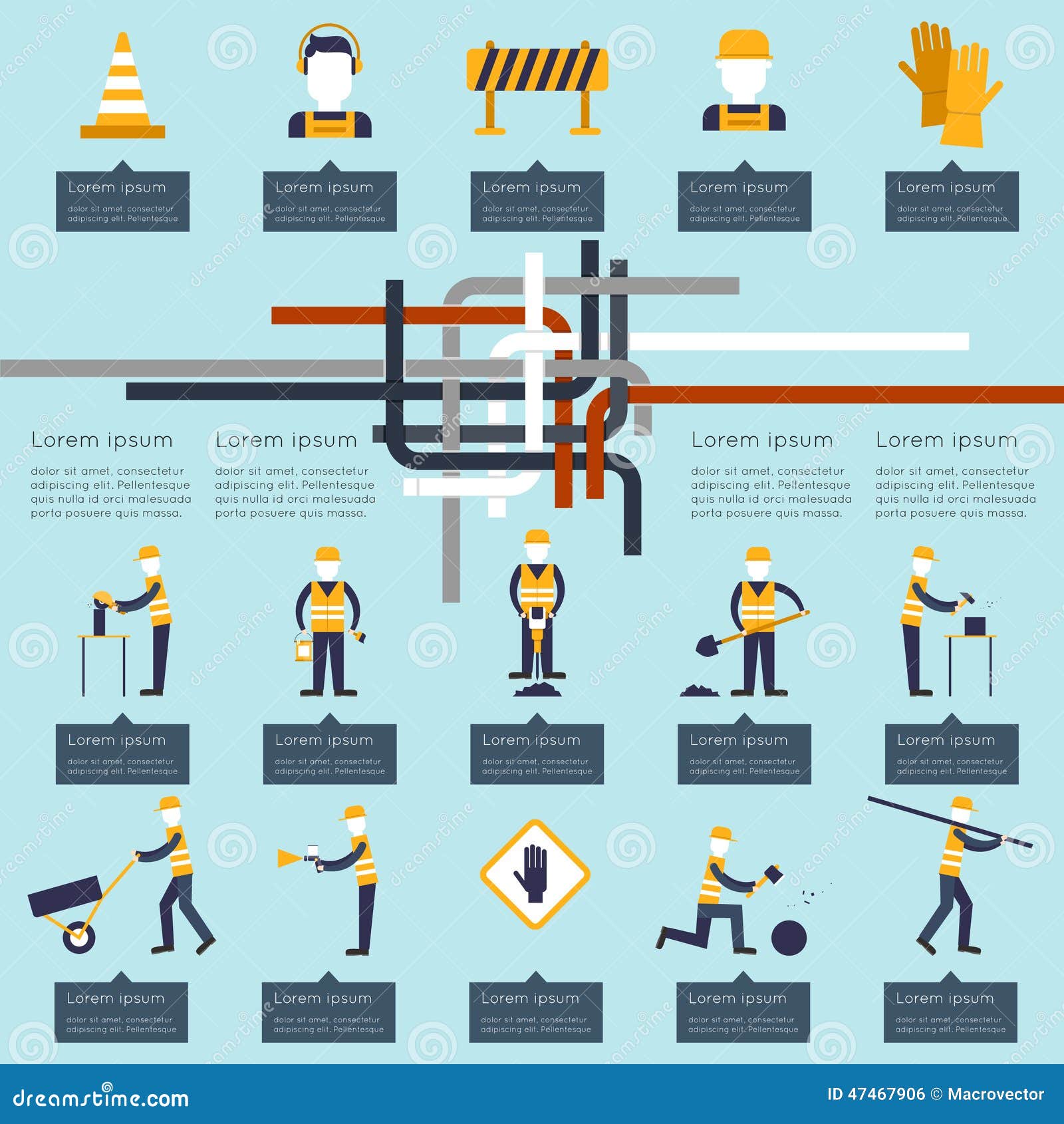Check Out The Duty Of Seasonal Factors In The Success Of Commercial Outside Paint And Uncover The Most Effective Times To Safeguard Long Lasting Outcomes For Your Task
Check Out The Duty Of Seasonal Factors In The Success Of Commercial Outside Paint And Uncover The Most Effective Times To Safeguard Long Lasting Outcomes For Your Task
Blog Article
Web Content Create By-Regan Celik
When you're intending an industrial exterior painting task, seasonal aspects can make or break your results. You'll wish to take into consideration just how temperature level and moisture influence paint application and drying out times. Choosing the ideal season can guarantee your paint sticks properly and lasts much longer. But which seasons are really the best for this sort of work? Let's discover the crucial elements that can affect your project's success.
The Impact of Temperature Level on Paint Application
When you're planning an industrial exterior painting task, the temperature can substantially influence exactly how well the paint sticks and dries.
Preferably, you want to repaint when temperatures vary in between 50 ° F and 85 ° F. If it's as well chilly, the paint might not treat properly, leading to concerns like peeling off or cracking.
On https://onmilwaukee.com/articles/house-paint-properties , if it's as well warm, the paint can dry out as well promptly, preventing appropriate attachment and leading to an irregular coating.
You must also take into consideration the moment of day; morning or late afternoon uses cooler temperature levels, which can be a lot more desirable.
Constantly examine the supplier's suggestions for the specific paint you're utilizing, as they frequently provide guidance on the perfect temperature range for ideal outcomes.
Humidity and Its Result on Drying Times
Temperature isn't the only environmental aspect that influences your business outside painting job; moisture plays a considerable duty too. High moisture levels can slow down drying out times substantially, influencing the general top quality of your paint job.
When the air is saturated with dampness, the paint takes longer to heal, which can lead to issues like bad adhesion and a greater risk of mold growth. If you're repainting on a particularly moist day, be gotten ready for prolonged wait times between coats.
It's essential to check local weather conditions and strategy accordingly. Preferably, go for humidity levels between 40% and 70% for ideal drying out.
Keeping these factors in mind ensures your project stays on track and supplies a long lasting coating.
Best Seasons for Commercial Exterior Paint Projects
What's the very best season for your industrial external painting projects?
straightline and early loss are normally your best choices. Throughout these seasons, temperature levels are moderate, and moisture levels are usually lower, producing ideal problems for paint application and drying out.
Avoid summertime's intense heat, which can trigger paint to dry also rapidly, leading to poor bond and coating. Likewise, wintertime's chilly temperatures can hinder appropriate drying out and treating, risking the longevity of your paint work.
Aim for days with temperature levels in between 50 ° F and 85 ° F for optimum results. Keep in mind to check the regional weather prediction for rain, as damp problems can wreck your project.
Planning around these factors guarantees your painting project runs efficiently and lasts longer.
Verdict
In conclusion, planning your industrial outside painting projects around seasonal considerations can make a considerable difference in the outcome. By organizing work throughout the suitable temperatures and humidity levels, you'll ensure much better attachment and drying out times. Keep in mind to watch on regional weather prediction and pick the correct time of year-- springtime and very early fall are your best options. Taking https://augustgaukd.therainblog.com/33217362/boost-your-living-atmosphere-just-how-expert-residence-painters-can-redefine-your-home will help you achieve a sturdy and expert coating that lasts.
